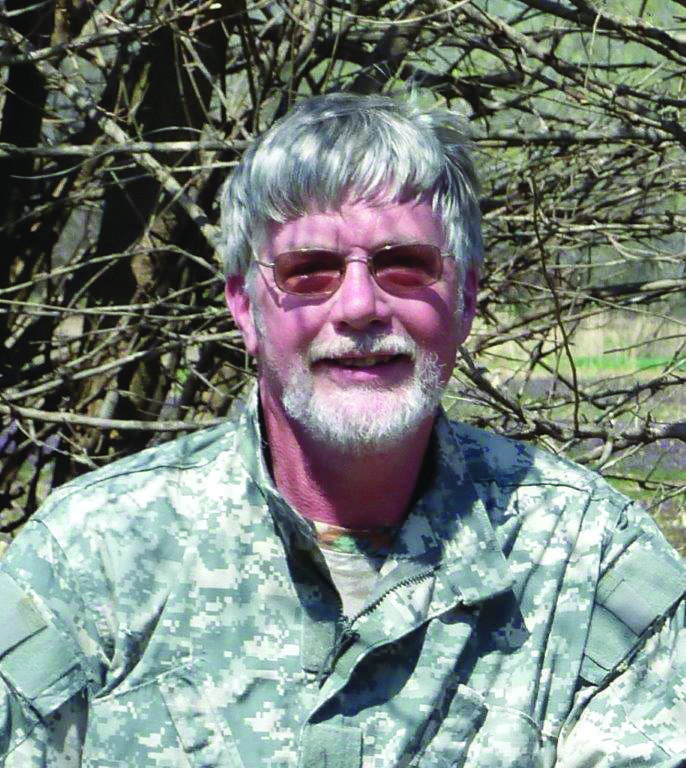To most Kansans, the state budget is a ghost. It lives only on line ‒ a mysterious, cyberworld phantom roused only when politicians speak of it vaguely.
The budget is a digital dream for numbers-nerds, its long columns of numbers rippling along the margins page after page. The sum of the 2024-25 edition is $26,523,723,077. (In reporter-speak, $26.5 billion.) This is the governor’s estimate of the cost, in state and federal dollars, of Kansas government for the 12 months ending June 30 next year.
The budget, over two volumes and 893 pages, breaks the money out in many ways and from different angles ‒ where it comes from, where and how it is to be spent down to the dollar.
Among the bigger angles is counting the Kansas taxes and how state revenues are collected and spent, with or without money from Washington ($6 billion next year). Education, public safety, transportation, health and welfare, agriculture and more are covered.
All politics aside, it’s a marvel of accounting.
But politics always latches onto the budget. For a governor and a legislature, the numbers convey statements of principles. That is, how public funds are best used to advance a public interest such as tax relief, better schools, soil and water conservation, economic development. In this way, money talks.
*
This year, the budget’s policy statements make a long list. Among Gov. Laura Kelly’s top tier are three:
‒ Reinvestment of roughly $1 billion in remaining covid relief funds.
During the pandemic, Kansas received billions in federal aid for Medicaid expenses. Of the remaining surplus, the governor would spend half to pay down state debt decades ahead of schedule, saving significant interest and debt service expense.
The other $500 million is for new capital investment. By paying cash for projects, the state avoids issuing bonds (and new debt). This plan would save an estimated $400 million in interest.
‒ Greater access to health care for the poor.
The governor has offered another proposal to expand Medicaid for roughly 150,000 uninsured Kansans who are poor but not poor enough for the state’s low-income brink. This plan starts with a $370 million federal increase in base Medicaid funding, more than enough to offset the state’s cost for the first two years of expansion.
After two years, a surcharge on Kansas hospitals would generate at least $35 million annually for the state’s share of the expansion cost. With Washington paying 90 percent, the plan is to finance 15 years of expanded Medicaid with “no new state cost,” the governor said.
‒ Income and property tax relief.
Incomes up to $75,000 are exempt from state income tax on Social Security benefits; the governor proposes to exempt all taxpayers, regardless of income. Estimates savings for seniors, $152 million.
Homeowners currently pay a 20 mill ($20 per $1,000 assessed valuation) property tax to help finance a state revenue pool for aid to local schools. The formula now exempts the first $42,000 in valuation from that levy; the governor proposes to increase that exemption to $100,000. Estimated savings, $93 million.
Local property tax relief, demanded by state law but ignored for 20 years, would be restarted with $54 million annually. State payments to cities and counties would be apportioned by population and property valuation.
*
The policy statements in any governor’s budget are far and wide, proposals that draw both support and fire from the legislators reviewing the document. Ultimately a budget is wrangled into statute.
Crafting a budget from concept to law is a grinding process. The politics of it run from shop-worn to enlightened. A budget may be seen another way, as a living thing, one that reaches into every community, and ultimately into the lives of all Kansans.





